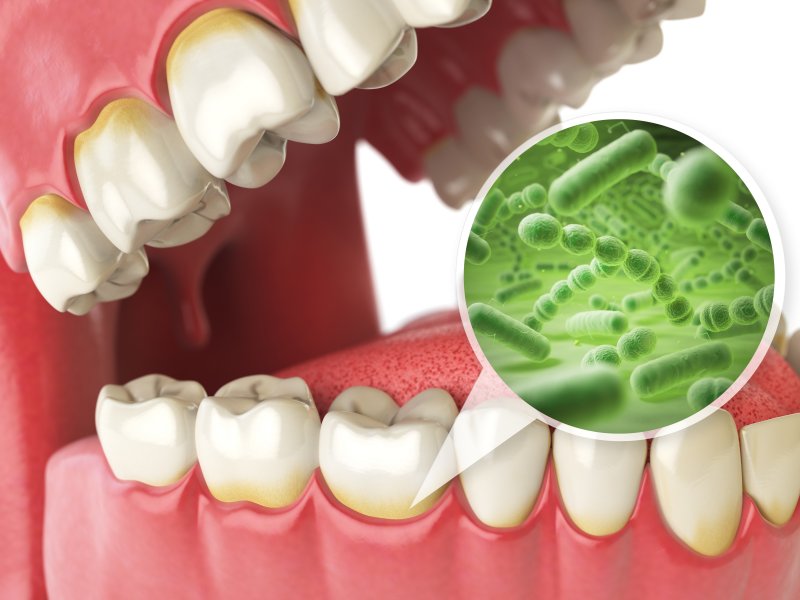
When it comes to infections like gum disease, it’s very typical for periodontists to take multiple measures to reduce the most significant symptoms. For example, following a detailed scaling and root planing treatment, they may recommend medications like Arestin after your in-house procedure is complete. Arestin is a form of antibiotic therapy in Frisco that you may not have been familiar with until you developed gum disease. Learn how the therapy works and what you should know ahead of your appointment with the periodontist.
Is Arestin Effective Against Gum Disease?
When gum disease develops, the gums respond in a few different ways. For example, the infection can lead to gum inflammation, irritation, and sensitivity, but it can also lead to the gums pulling away from the teeth, leaving behind deep pockets. As the gums continue to shrink over time, teeth can lose their foundation and eventually fall out in severe cases.
Arestin is designed to promote healing of the gums following a dedicated scaling, root planing, or similar procedure. Keep in mind that as an antibiotic, Arestin is not necessarily for everyone. While it is very effective at reducing the risk of reinfection and worsening of an existing gum problem, it may not be ideal for those with:
- A weakened immune system
- Diabetes
- Sores or white patches in the throat or mouth
- Conditions that are causing mouth sores, such as radiation through chemotherapy, steroids, immunosuppressants, or other antibiotics for an unrelated issue.
Women who are pregnant may also want to avoid Arestin as it can cause permanent discoloration in the child’s teeth. If you become pregnant after beginning Arestin treatment, you should let the periodontist know.
How Do Periodontists Use Arestin?
Arestin comes in a few different forms, including a powder or microspheres, that are applied directly to the gum pockets that have newly formed as a result of the gum infection. Once applied, they will slowly release compounds designed to fight off bacteria that cause gum disease. Of course, you’ll still need to perform strict oral hygiene at home to ensure plaque cannot develop during your treatment. Arestin is typically applied routinely every three months to keep gum disease under control. At follow-up visits, the periodontist will confirm if treatment is working as intended.
What to Know After Treatment with Arestin
After the Arestin is applied, it’s important that you follow certain aftercare steps to ensure a smooth and speedy recovery. This generally includes:
- Avoiding hard or crunchy foods for at least 7 days
- Avoiding the use of a floss or dental pick in the treated area for at least 10 days
- Practicing strict oral hygiene every day as instructed by the periodontist
- Staying on top of follow-up visits to receive additional doses of Arestin
Arestin in Frisco is a great solution for treating mild to moderate gum disease without surgery. However, it’s most effective when gum disease is caught early, so don’t wait to schedule an appointment with a periodontist today if you’re suffering from gum disease symptoms!
About the Author
Dr. Carnow is a board-certified periodontist who currently performs a wide variety of dental services specifically for treating gum-related diseases. While this includes targeted antibiotics like Arestin, it also includes surgical and non-surgical treatments. His expertise allows you to not only protect your gum health going forward, but to receive a truly personalized treatment plan. To schedule an appointment with his office, you can contact him through his website.
